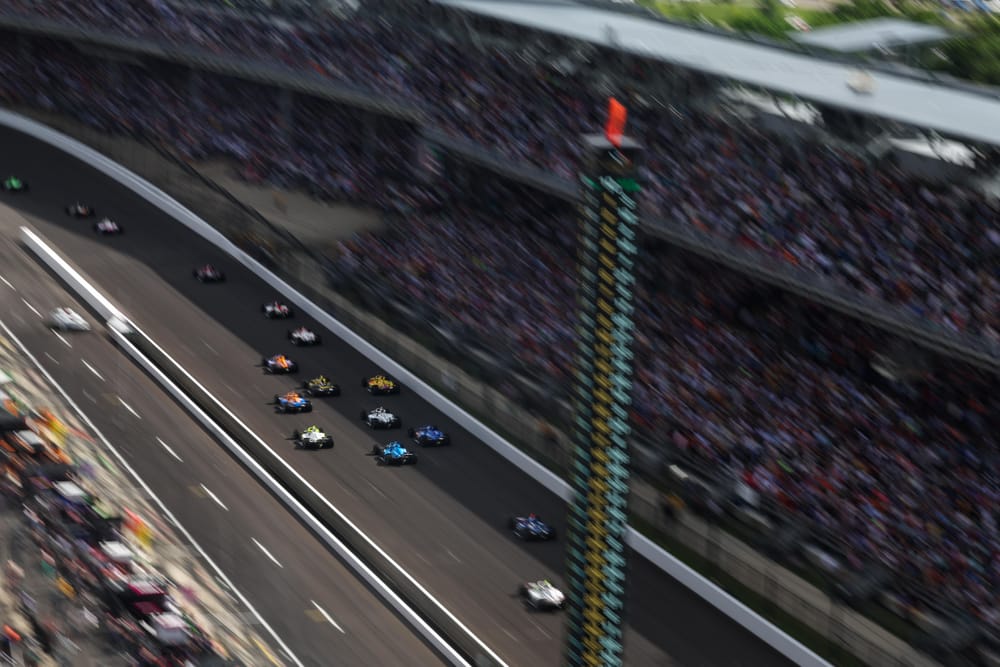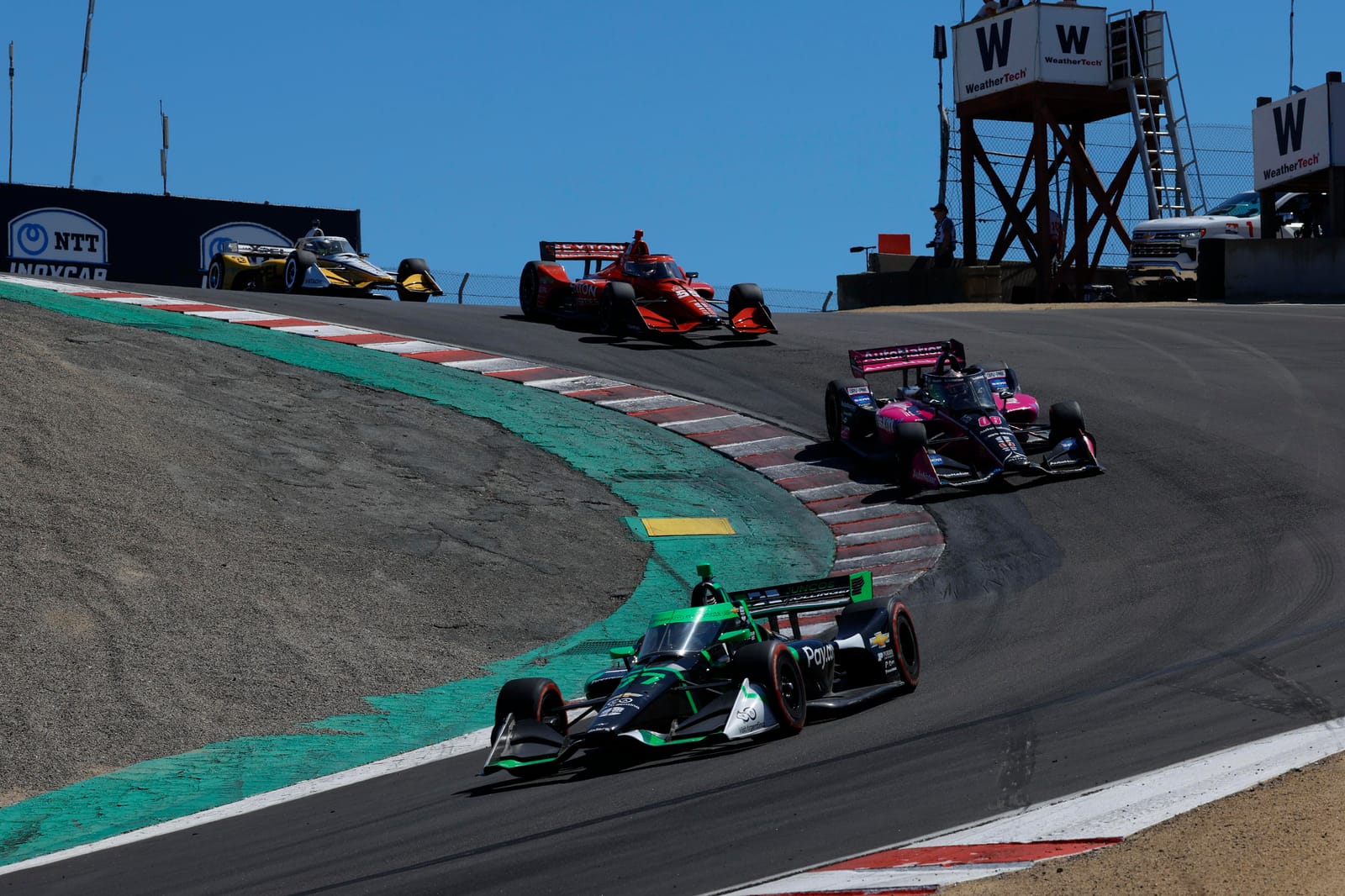It's one of IndyCar's longest-running sagas given it was discussed as far back as the 1990s (and probably even further back than that) but, finally, IndyCar has a new franchise system.
It's an absolutely monumental development.
For a start, if you spend hundreds of millions of dollars on a new IndyCar team - buying equipment, building a factory, signing personnel and so on - and then for whatever reason you are forced or choose to not compete anymore, you can only sell your tangible assets.
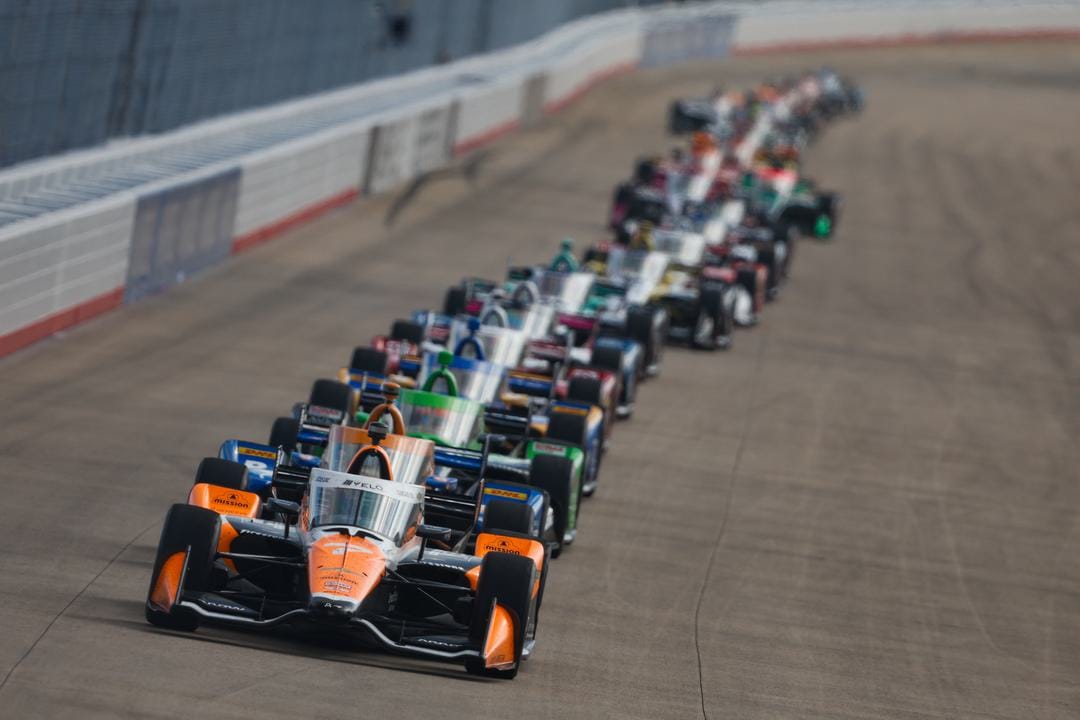
With a charter system, every entry has a value because prospective teams need one to enter. So, it gives your business in IndyCar a tangible value.
Like any asset, the value of that can rise and fall depending on the market.
BUMPING STAYS
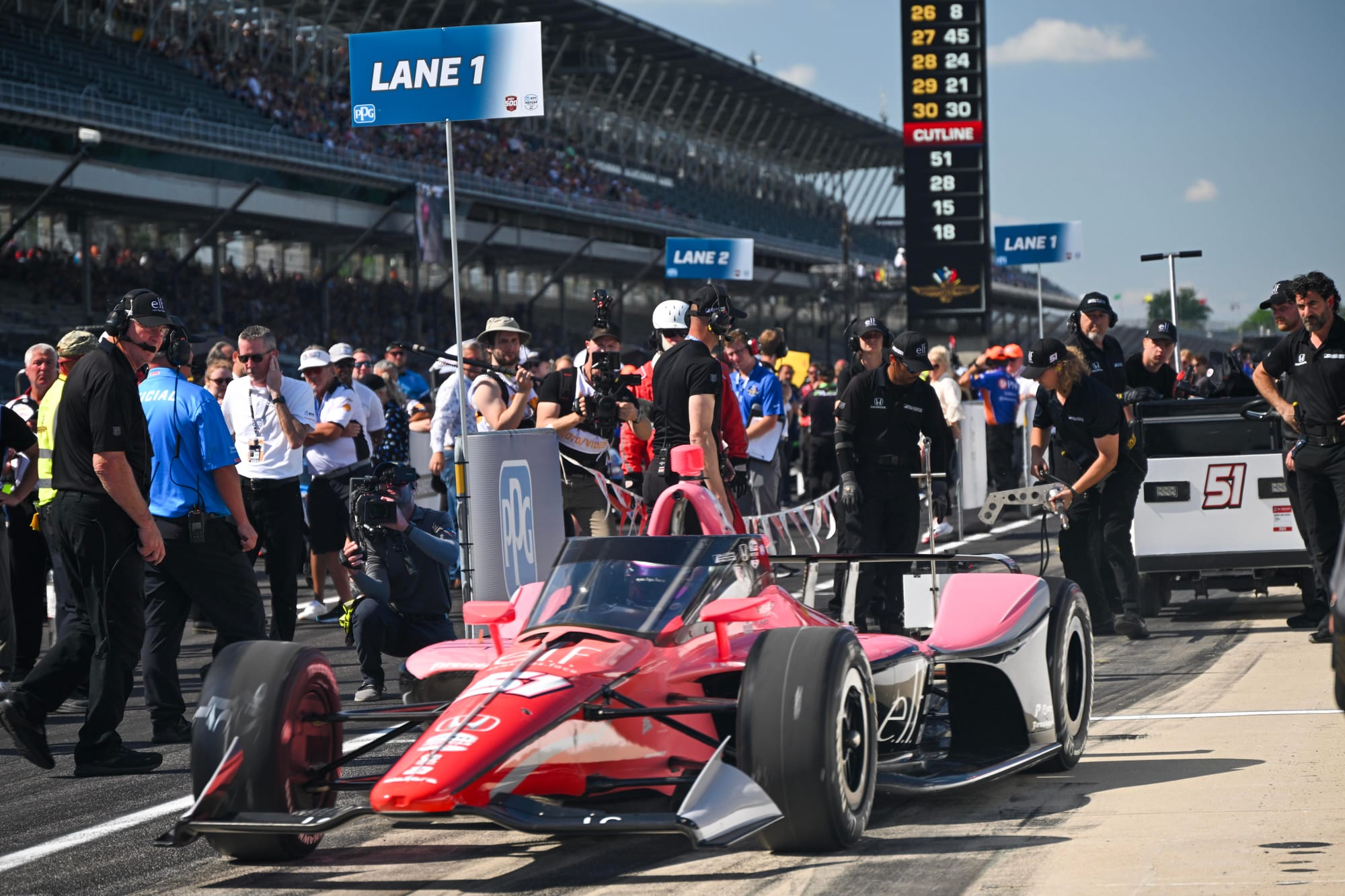
It's been a fight to get this over the line for so many years mainly because the one thing the teams want in a charter system is a guaranteed presence on the Indianapolis 500 grid.
Like the Le Mans 24 Hours to the World Endurance Championship, the main event is bigger than the championship and most of the IndyCar sponsor dollars are sold off the back of the Indy 500.
It can cost you millions in lost sponsorship if you fail to qualify and it hurts your chances of future sponsorship, too.
Of course, a team knowing for sure it's in the Indy 500 field is in direct opposition to what the fans, event and series want: jeopardy. They want to have 'Bump Day' where cars fight to make the Indy 500 or face going home and failing to qualify. It happened to Dale Coyne and Nolan Siegel this year.
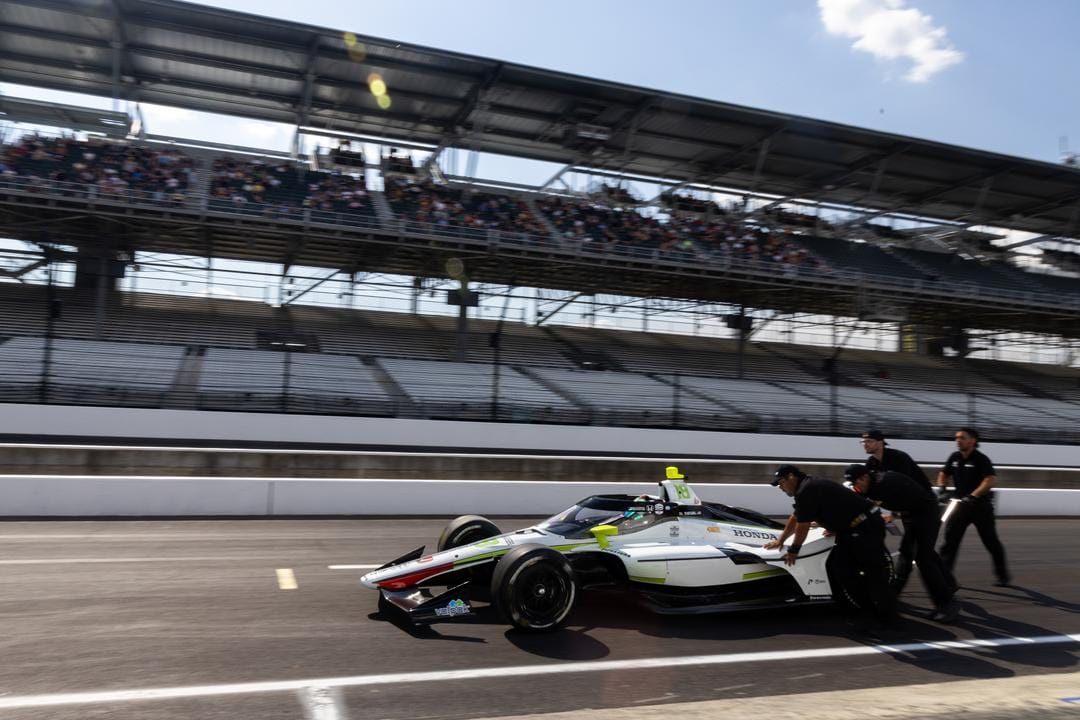
It is one of the most anticipated elements of the Indy 500 and something few other events in motorsport at this level can offer.
Somehow, IndyCar has got the teams to agree to leave guaranteed starting spots for the Indy 500 off the initial charter agreement to get this over the line. In most cases, this is presumably because it was worth it to get the system in place to put a value on a team's entries.
This is a huge win for the Indy 500 and for IndyCar, which keeps its fans happy. Losing bumping would have been another dart in the IndyCar board, as it has been under fire this year under a range of criticisms.
PREMA ACCEPTS ITS 'SNUB'
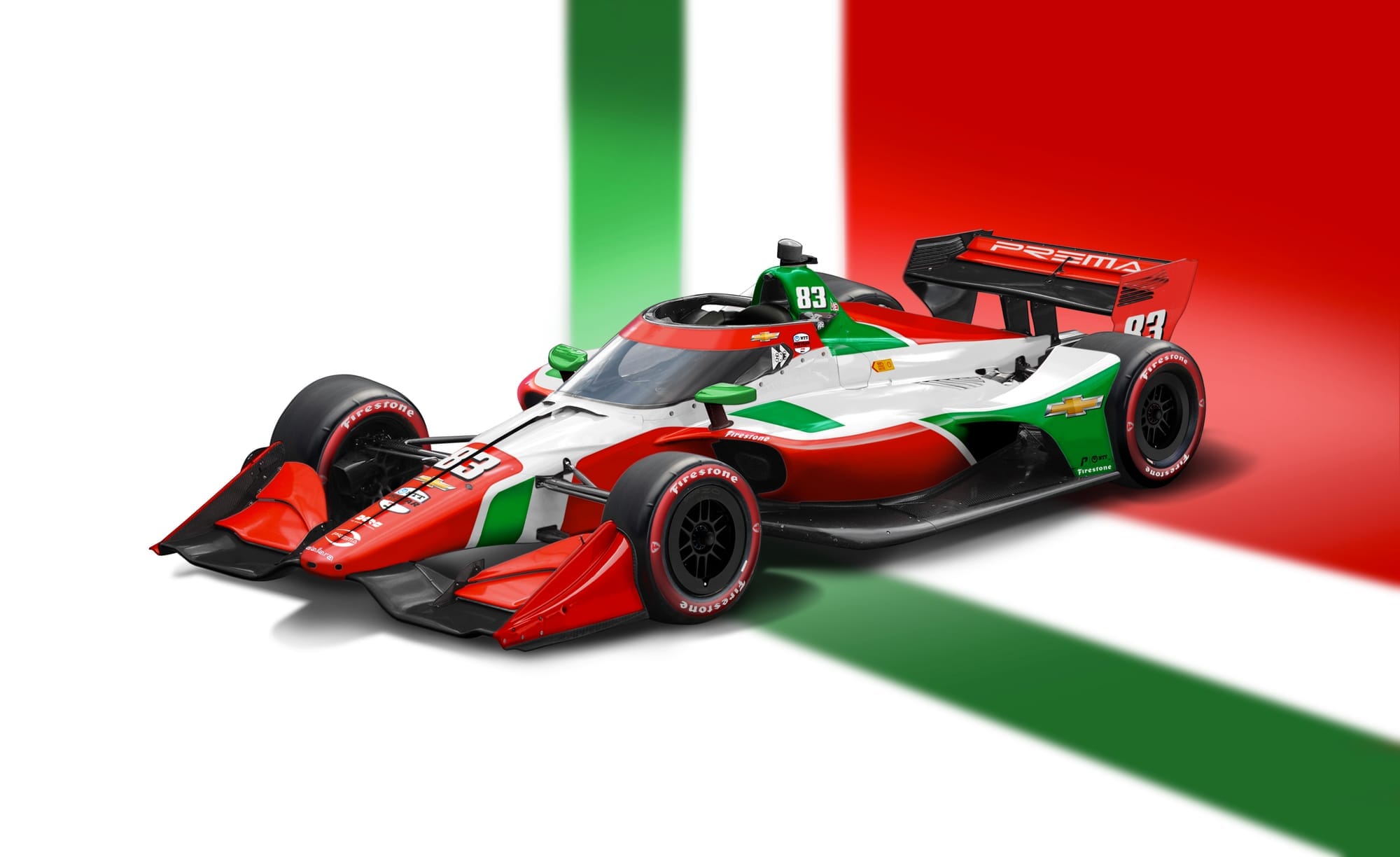
Incoming 2025 arrival Prema Racing is an example of the growing pains of this move for the series, as it is exactly the sort of high-profile team IndyCar wants to see come in.
But under the rules necessary to make the charter work (as it was important to reward consistent past participation) it couldn't be included even though it is investing millions to join the series next season, with two cars.
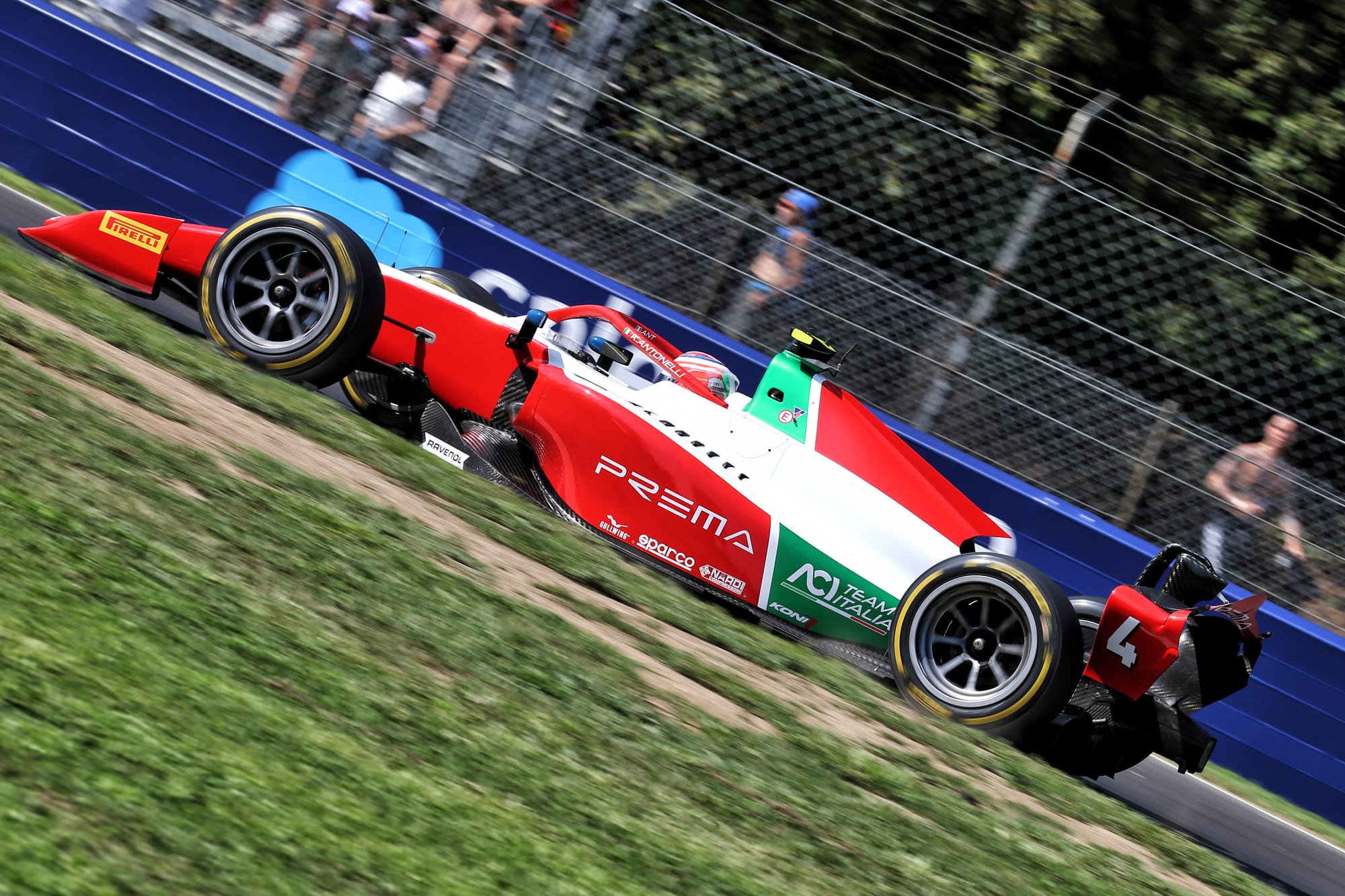
It means it will have to qualify to get into every race, which shouldn't be an issue unless the other teams field extra entries at any time through the season. At the moment, there are 25 charter entries and the two Prema cars, and a grid capped at 27 cars next season for all regular races. So Prema should automatically qualify at all events apart from the Indy 500.
The Race understands the series can increase its grids from 27 cars beyond 2025, regardless of the charter system coming into place. But many of the tracks it races on will struggle to support that.
Prema also can't fight for the Leaders' Circle prize money, worth around $1million at the end of the year for the top 22 entries (or rather now the top 22 entries with charters) - so $2million for Prema if it had been able to get both cars in the top 22.
Of course, Prema could buy charters for 2025 and beyond but, because of the system just starting, it's hard to put a value on them and The Race understands prices being quoted are currently considered high.
That's obvious, because the initial 25 teams are planning to compete next year and have no reason to sell, strengthening their positions significantly. Thus, in a nutshell, showing the value of the system to the current teams in the first place.
Prema is pragmatic enough to know it's the new team on the block and it would be annoying for the current teams if it had been given preferential treatment.
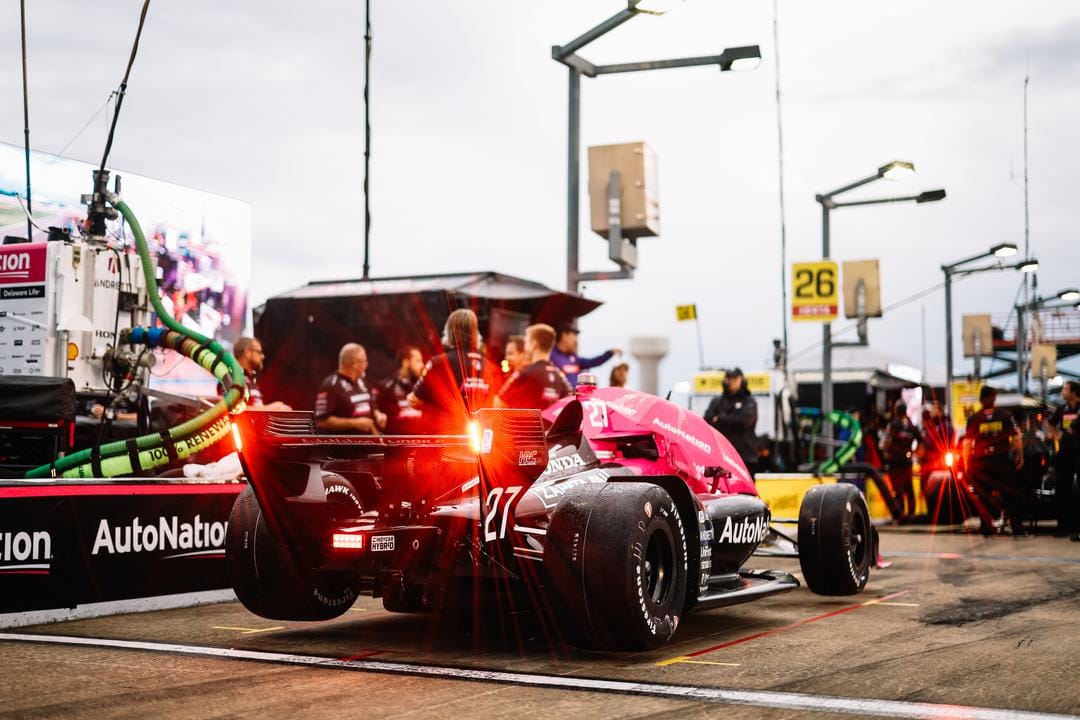
The new charter model is huge news for IndyCar: it's given its loyal teams something they've wanted for years but without compromising a fan-favourite part of the season that was a stumbling block, and created wider conditions that mean the change isn't the massive blow to its most eagerly-anticipated new team in years that you might've expected.
And with a new street race expected to be announced next month, which The Race understands is likely to be in Dallas, there's plenty to get excited about around the series going into its off-season.
Let's hope it's used as a jumping board to work on IndyCar improving things further.


